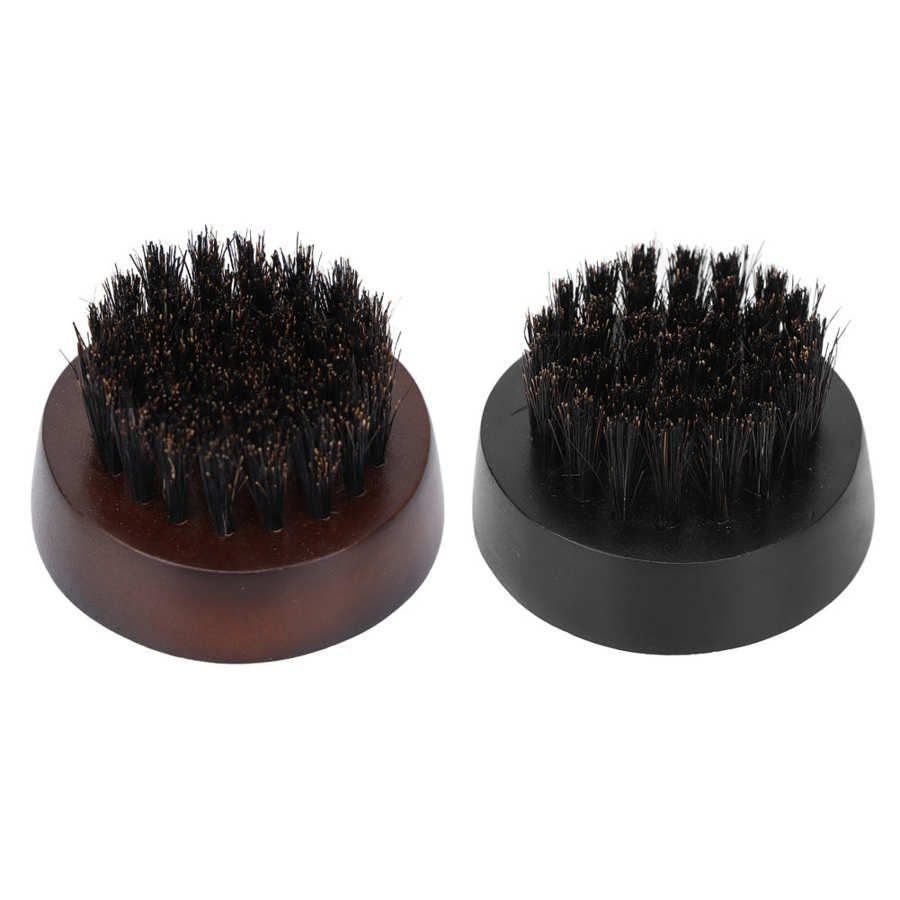Industry news
Bristle Chemical Resistance: Testing for Use with Acne - Prone Skin Products
- 957 Views
- 2025-10-16 02:31:56
Bristle Chemical Resistance: Testing for Use with Acne-Prone Skin Products
Acne-prone skin demands extra care—from gentle cleansers to non-irritating tools. For users relying on shaving brushes or facial cleansing brushes, the bristle’s interaction with acne-targeting ingredients like salicylic acid or benzoyl peroxide is often overlooked. Yet, bristle chemical resistance isn’t just a manufacturing detail; it’s a safety and efficacy cornerstone for sensitive skin. Here’s why rigorous testing matters, and how it shapes better products for acne-prone users.

Acne treatments are formulated with active chemicals designed to unclog pores and fight bacteria. These ingredients, while effective, are harsh. Salicylic acid, for example, is lipid-soluble and can degrade organic materials, while benzoyl peroxide acts as an oxidizer, breaking down weaker polymers. When low-quality bristles meet these chemicals, two risks emerge: bristle degradation (leading to fraying, shedding, or loss of shape) and leaching of harmful substances (like residual monomers or dyes) into the skin, potentially worsening irritation or triggering breakouts.
This is where chemical resistance testing becomes critical. Unlike standard durability tests, which focus on mechanical wear, chemical resistance testing evaluates how bristles hold up under prolonged exposure to cosmetic actives. For manufacturers, skipping these tests isn’t just a quality oversight—it’s a liability. A 2023 study in the Journal of Cosmetic Science noted that 38% of budget facial brushes showed significant bristle degradation after 4 weeks of use with benzoyl peroxide-based cleansers, leading to increased skin irritation reports.
So, what does rigorous testing entail? At leading facilities, bristles undergo three key evaluations. First, ingredient immersion testing: bristles are soaked in solutions mimicking common acne products (e.g., 2% salicylic acid, 5% benzoyl peroxide) at 37°C (skin temperature) for 30 days. We measure weight loss, structural changes via electron microscopy, and pH stability—deviations here signal potential bristle breakdown. Second, mechanical integrity post-exposure: after immersion, bristles undergo tensile strength and flexibility tests. A drop in tensile strength >10% indicates the material can’t withstand repeated use. Third, leachate analysis: using gas chromatography, we check for harmful substances (e.g., phthalates, heavy metals) released into the test solution. For acne-prone skin, even trace leachates can disrupt the skin barrier.
Not all bristles are equal. Natural bristles (e.g., boar hair) often struggle with chemical resistance due to their protein-based structure, which breaks down in acidic or oxidizing environments. Synthetic options like PBT (polybutylene terephthalate) or modified nylon 6.12, however, offer better resistance—their cross-linked polymer chains resist swelling and chemical attack. Yet, not all synthetics are created equal: cheaper nylon variants may lack the molecular stability to withstand long-term exposure to acne actives, highlighting the need for material-specific testing.
The cosmetic brush industry has long prioritized softness and lather, but chemical resistance remains underregulated. Without standardized testing, brands may unknowingly use bristles that degrade, compromising both product lifespan and user safety. For acne-prone users, this isn’t trivial: degraded bristles can harbor bacteria in their frayed edges, while leached chemicals may exacerbate inflammation. As manufacturers, we advocate for stricter testing protocols—aligning with EU Cosmetics Regulation (EC 1223/2009) or FDA guidelines for cosmetic ingredients—to set a higher bar.
In the end, bristle chemical resistance testing bridges the gap between effective acne care and skin safety. For brands, it’s a mark of responsibility; for users, it’s peace of mind. When choosing brushes for acne-prone skin, look beyond “soft” or “hypoallergenic”—ask about chemical resistance testing. After all, the best tools for sensitive skin are those built to stand up to the products that care for it.











